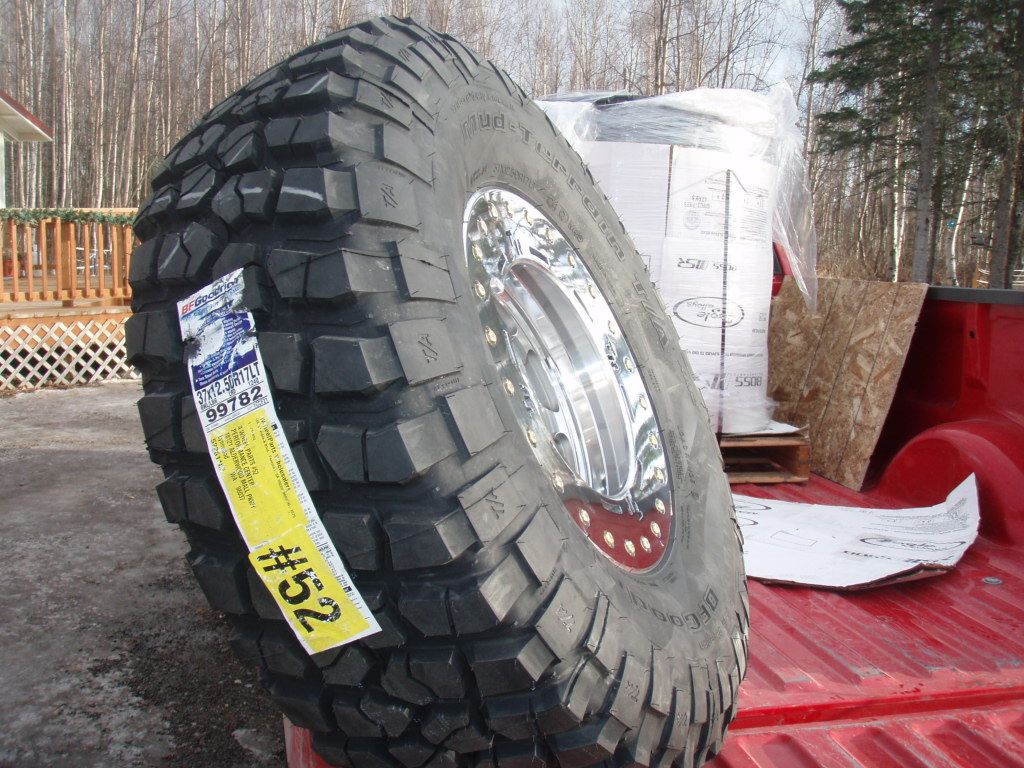From what I understand about the process, the stated sizes on any tire are the specifications for the actual size of the original molds and fixtures only. The final tire size is whatever it is, which varies by tire model (not individually, but different types and styles) due to shrinkage.
It varies on construction techniques and rubber compounds and types and amounts of material used in the inner belts, and probably temperature variations (if any) used in the vulcanizing process.
Yes, after initial testing they should easily be able to figure out what the tires of a particular model are going to end up as, so should be able to sell a 33" tire, or a 235 tire, that is actually 33 inches tall or 235mm wide. And if they don't want to list a tire as a "33.4" tire, then you would also think they could make the molds a certain amount larger, in order to end up with a tire that is the size they originally expected.
Probably just too much trouble for a non-issue as far as they're concerned.
The ultimate functional diameter of a tire varies so little by wheel width, between 7 and 10 inches anyway, that it's almost not worth including in the specifications. The biggest variation at that point would change more in the rolling radius when mounted on a vehicle.
We've tried the same size tires on different wheels and could not measure any difference. This was off the vehicle though, and not with the weight on it. Not sure what difference that might make, but the rolling radius would vary by vehicle weight anyway, which the tire companies don't have any control over.
The width of the tread changes not one iota as far as I know either. Only the sidewall changed, and even that in extremely small amounts. Not near as much as the width of the wheels would have indicated, because the sidewall just flexes and kind of "rotates" on it's own internal pivot point at the tread.
Only the actual bead of the tire changed any measurable amount, since that was the direct interface with the different wheels, and therefore directly related to the changes.
Paul











